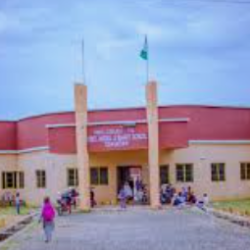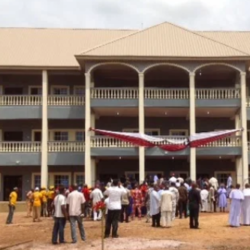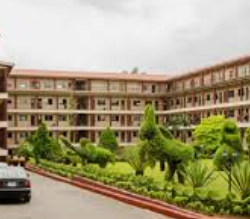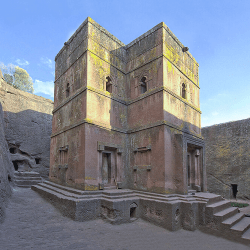Hisor, located just 20 kilometers west of Dushanbe, the capital of Tajikistan, is not just a city—it is a 3,000-year-old chronicle carved into the mountains of Central Asia. With its roots deep in antiquity and its legacy shaped by countless civilizations, Hisor offers a rare glimpse into the enduring soul of the Silk Road.
A Gateway of Empires and Pilgrims
Throughout history, Hisor has stood as a key strategic and cultural hub. From the Achaemenid Empire to the Greeks, Arabs, Mongols, and Timurids, nearly every dominant power in Central Asia has left its mark here. Its fabled fortress, perched on a rugged outcrop, once guarded the passage of traders and pilgrims between East and West.
The city’s prominence along the Silk Road brought not just commerce, but culture and philosophy. It is believed that both Zhang Qian, the Han dynasty envoy, and Xuanzang, the Tang dynasty Buddhist monk and scholar, passed through Hisor in their groundbreaking journeys—bridging China and Central Asia long before formal diplomacy.
A Modern Glimpse into Timeless Culture
As part of its “Central Asia Expedition,” a team from CGTN recently visited Hisor and experienced this living heritage firsthand. Welcomed by local residents, the journalists donned traditional Tajik attire and joined a spirited local dance, moving to the rhythmic beats of ceremonial drums in a celebration that blurred the lines between past and present.
One particularly powerful moment was an encounter with an elderly local, who said:
“Many countries have invaded this land throughout history – but China is the only one that has always extended a hand of friendship.”
This sentiment highlights not just historical memory, but a modern diplomatic thread. While Tajikistan has seen its share of foreign incursions, China’s engagement has been framed more around development and cooperation—particularly through initiatives like the Belt and Road.
Reviving Heritage Through Tourism and Diplomacy
Hisor is not just a relic—it is a rejuvenated site of national pride. The Hisor Fortress, reconstructed and preserved, serves as a key tourist attraction. Surrounding it are madrassas, caravanserais, and a museum, telling stories of a cosmopolitan city that once connected Samarkand, Bukhara, Kashgar, and Xi’an.
Events like the CGTN expedition also underline how media diplomacy and cultural exchanges are reshaping perceptions. Hisor, once a forgotten outpost, is becoming a symbol of Tajik identity, Chinese friendship, and regional connectivity in a new geopolitical landscape.

The Soul of Central Asia
In a world of shifting alliances and fast-paced change, Hisor endures as a place where stone walls meet storytelling, and where ancient roads now host conversations about the future. Its people, traditions, and tales remain woven into the broader narrative of Central Asia’s renaissance.
As the world rediscovers the importance of the Silk Road, cities like Hisor remind us that history isn’t just studied—it’s lived.










